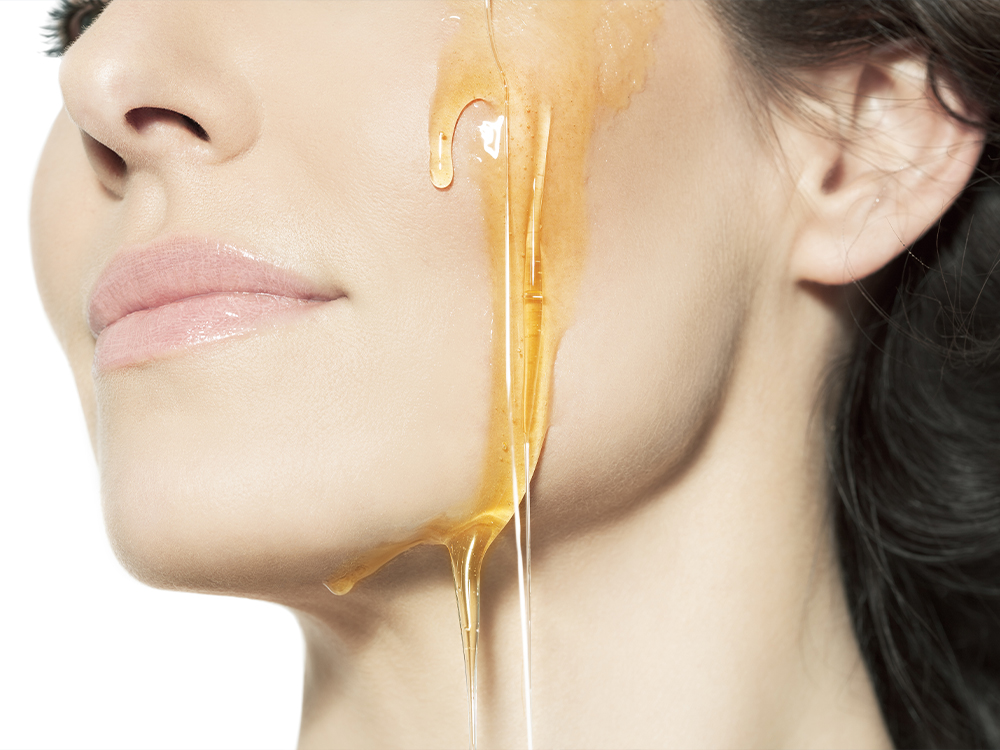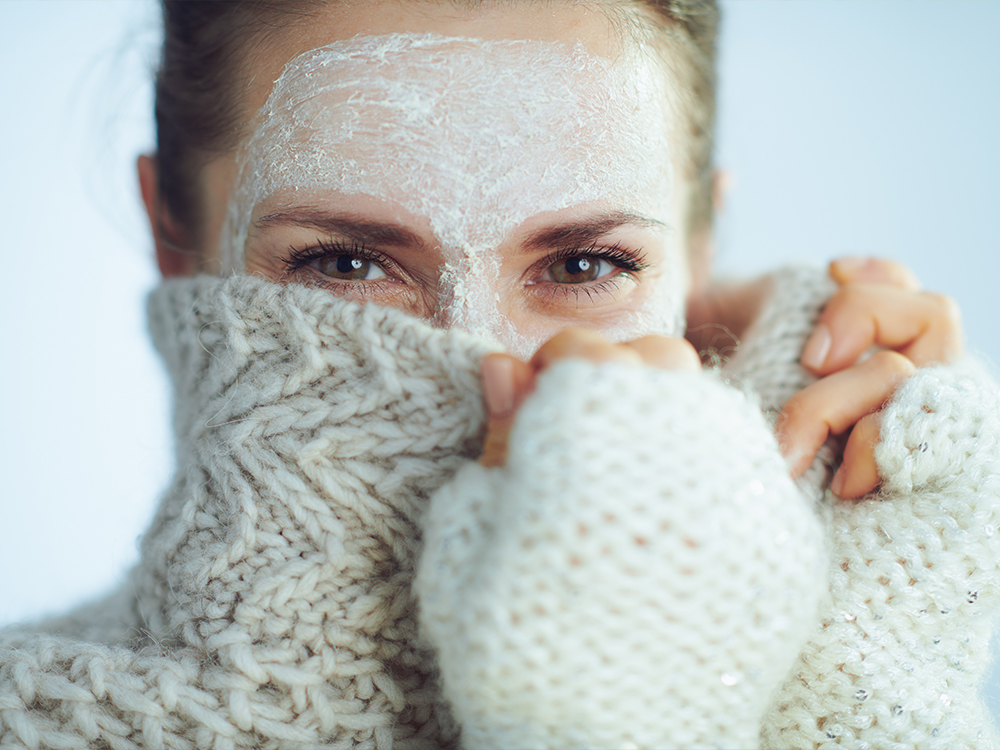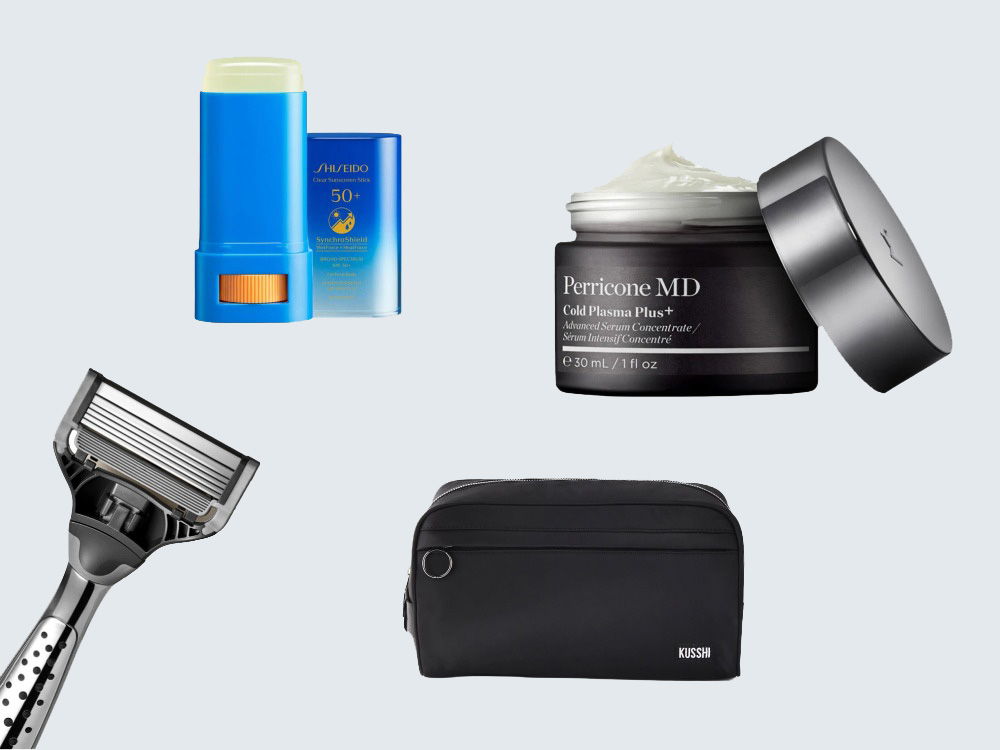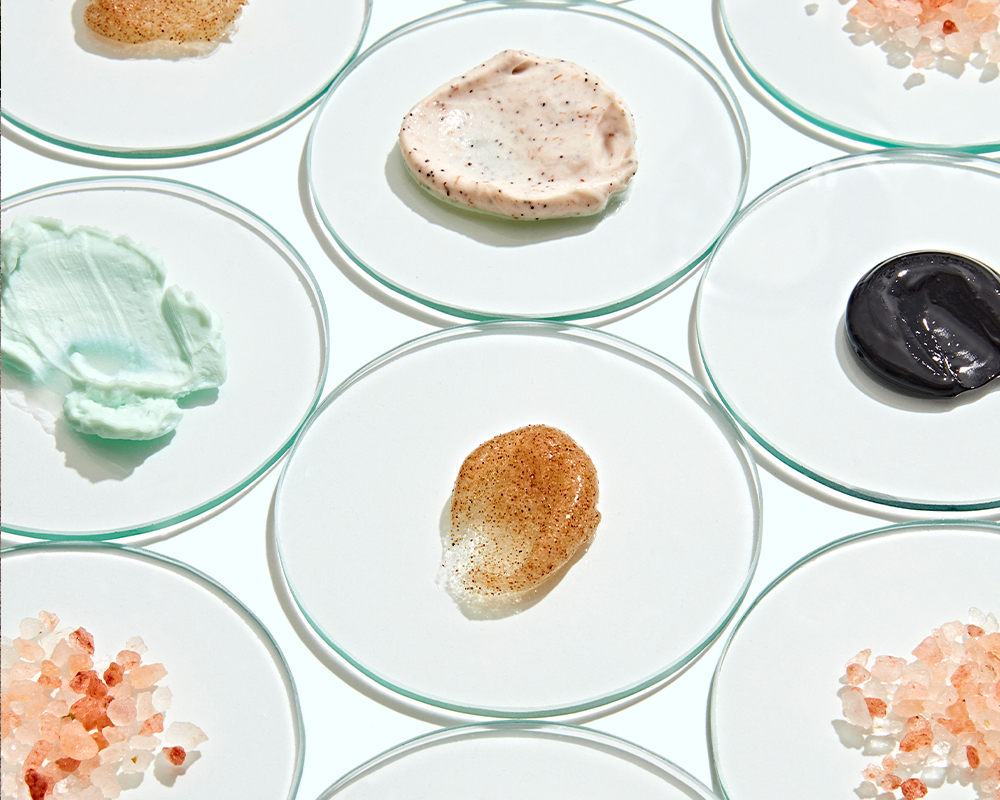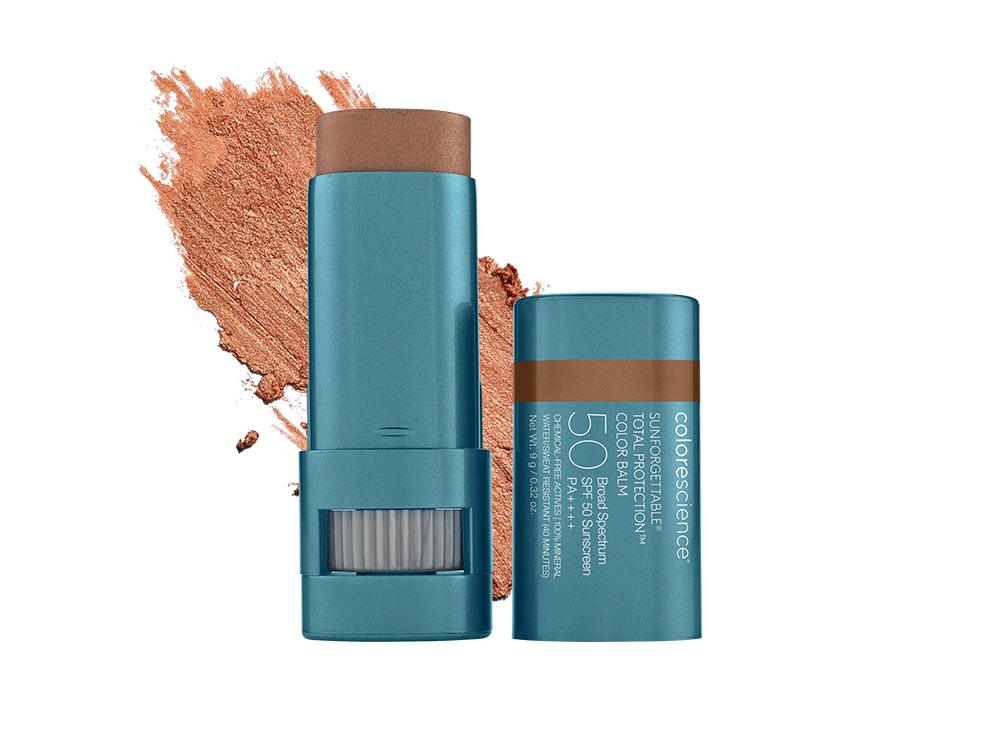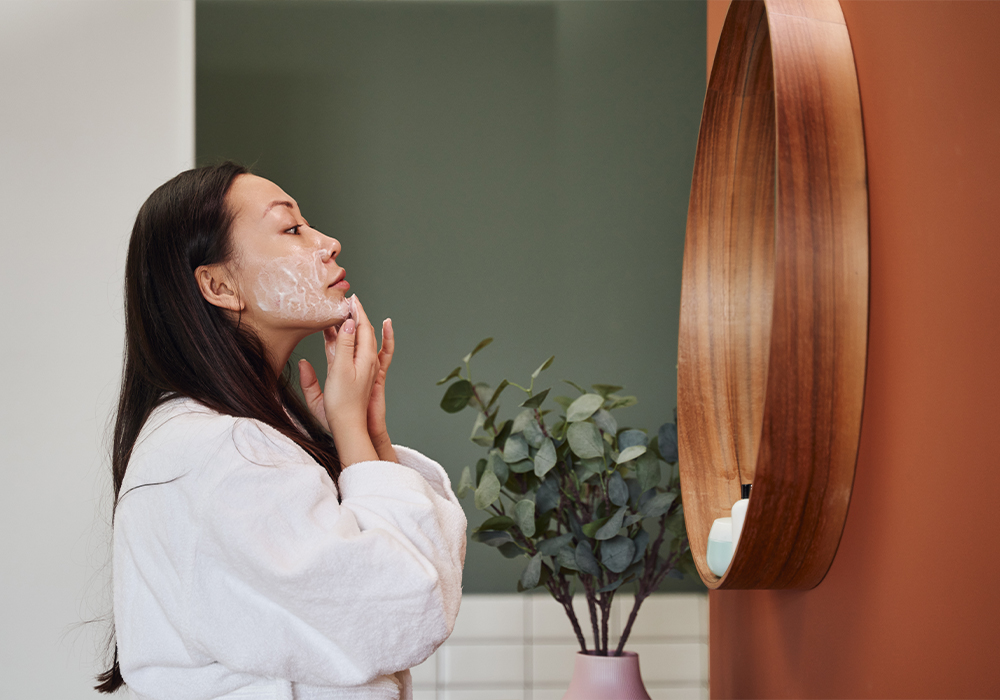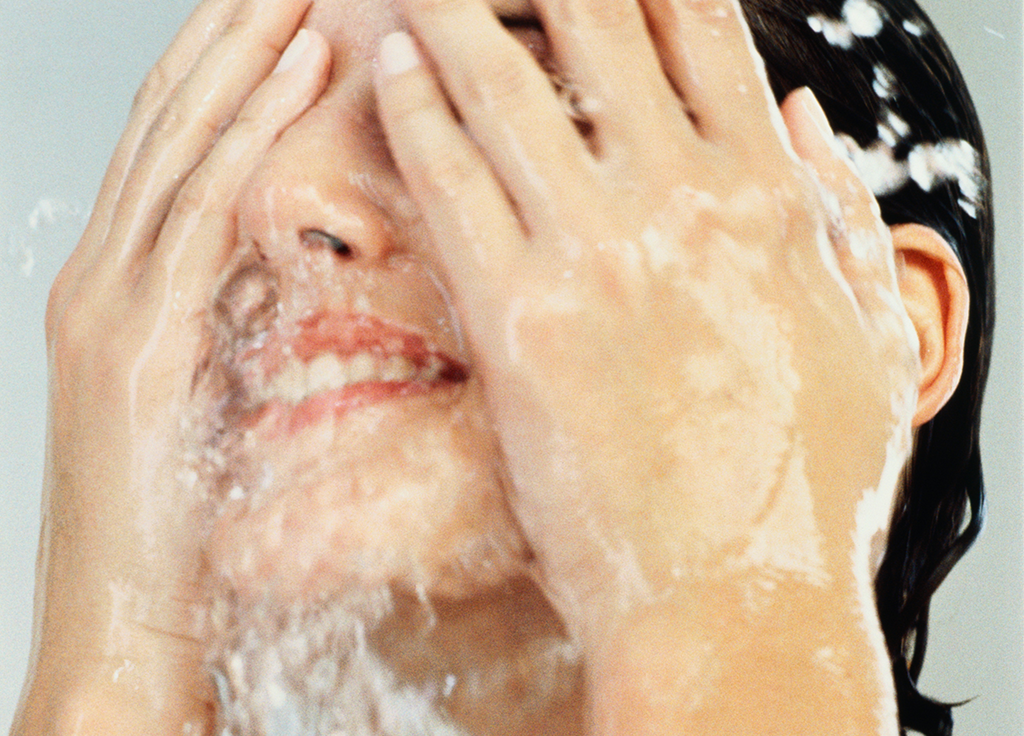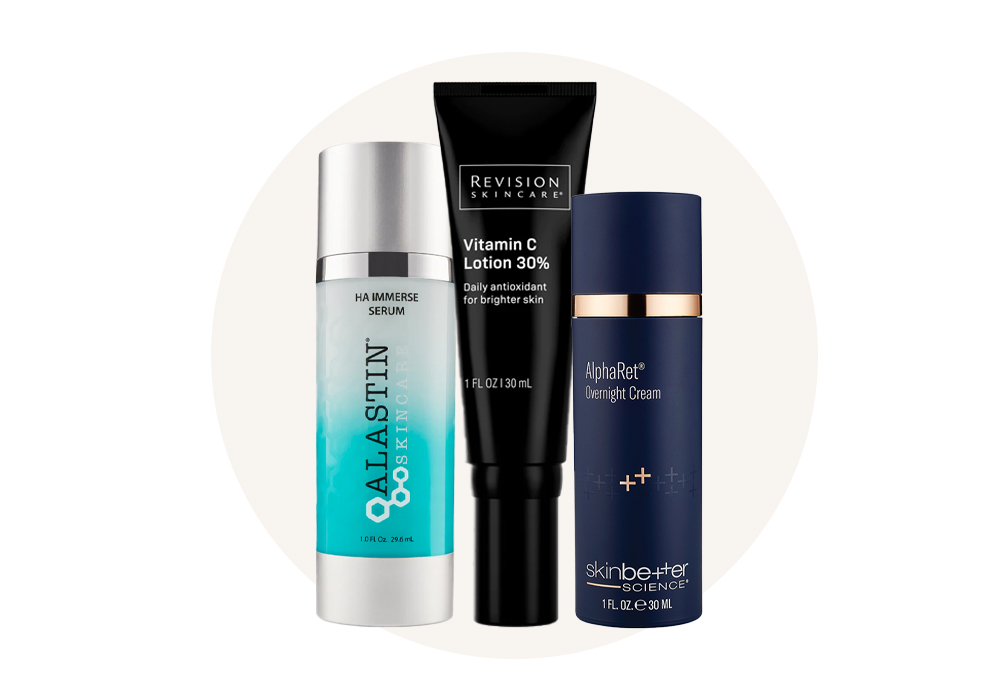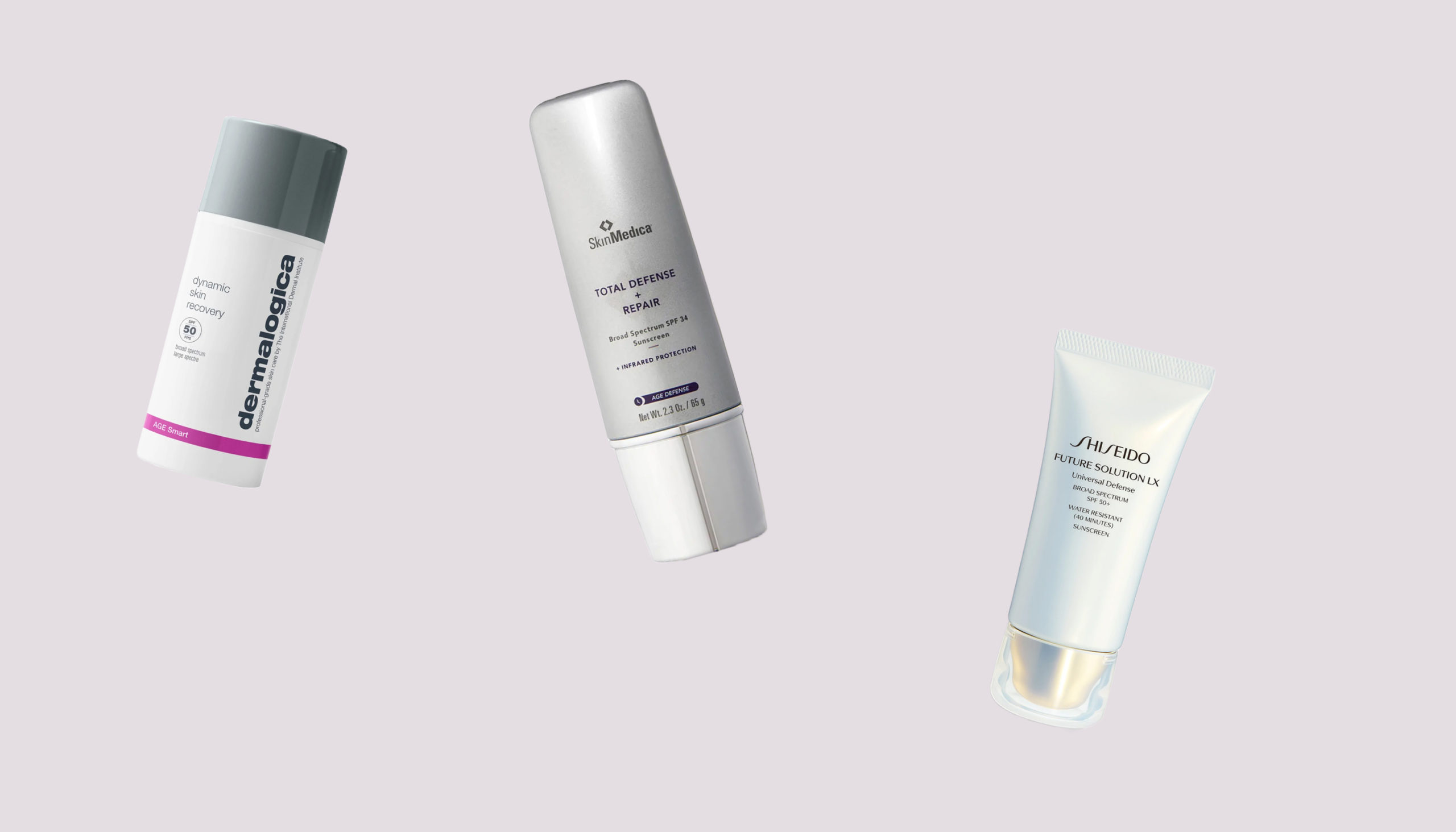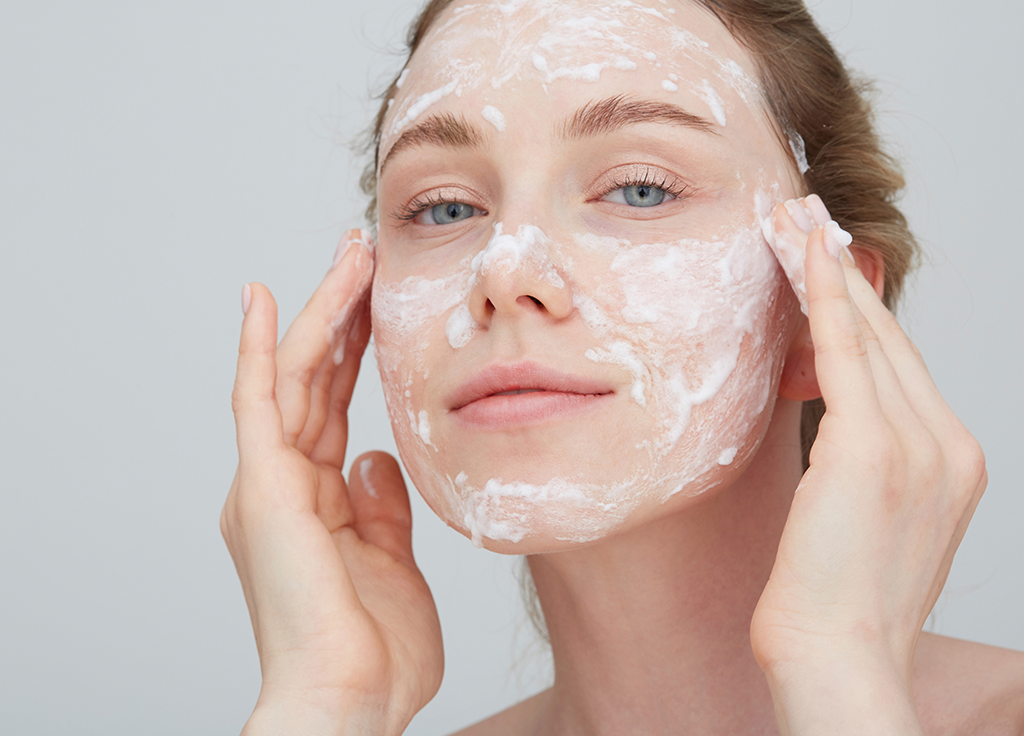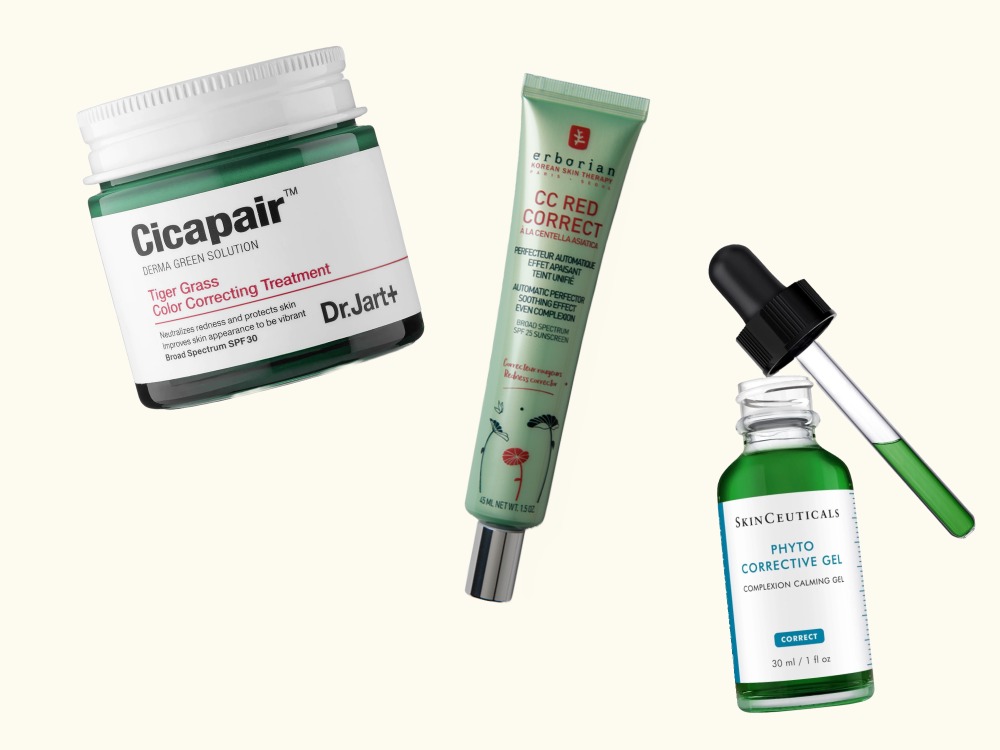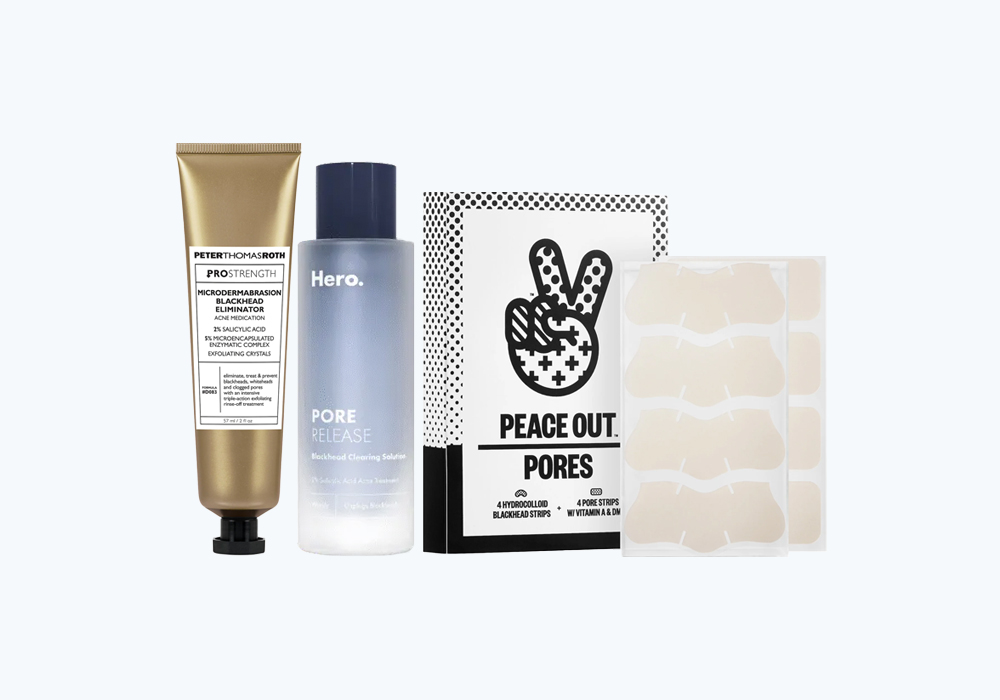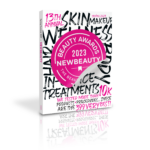With TikTok trends and DIY hacks on the rise, people are getting carried away with their at-home skin-care practices, and not all of it is for the best. While certain trends are fun, beneficial and worth a try, like skin cycling, other trends can be more nefarious. As a general rule, Mooresville, NC dermatologist Dr. Muneeb Shah told E! News, “I think anything that you see that’s trending and it’s the first time you ever heard about it. I would just be a little skeptical and take my time with it because the things that actually do work will stay around for much longer than a week or a day, right?” We chatted with skin experts to get their take on some of the worst skin-care trends of 2022 that shouldn’t be brought into 2023.
Slugging with Vaseline
If you have a TikTok, you likely couldn’t go without seeing mentions of slugging earlier this year. Experts are seemingly split on whether this technique is beneficial, and if so, who for? Licensed aesthetician and regional educator at Heyday Adi Kempler says the method can be beneficial. However, she discourages using completely occlusive products like Vaseline or Aquaphor. These formulas can trap “natural oils, sweat, and possibly bacteria in the pores,” she explains. “When oils, sebum, dirt and bacteria get trapped, it can lead to breakouts and clogged pores.”
For those interested in slugging, Kempler recommends opting for a facial oil instead. “A facial oil will have a higher molecular weight than your serum and moisturizer,” notes Kempler. It will still provide your skin with the benefits of locking in moisture while also allowing your skin to breathe.
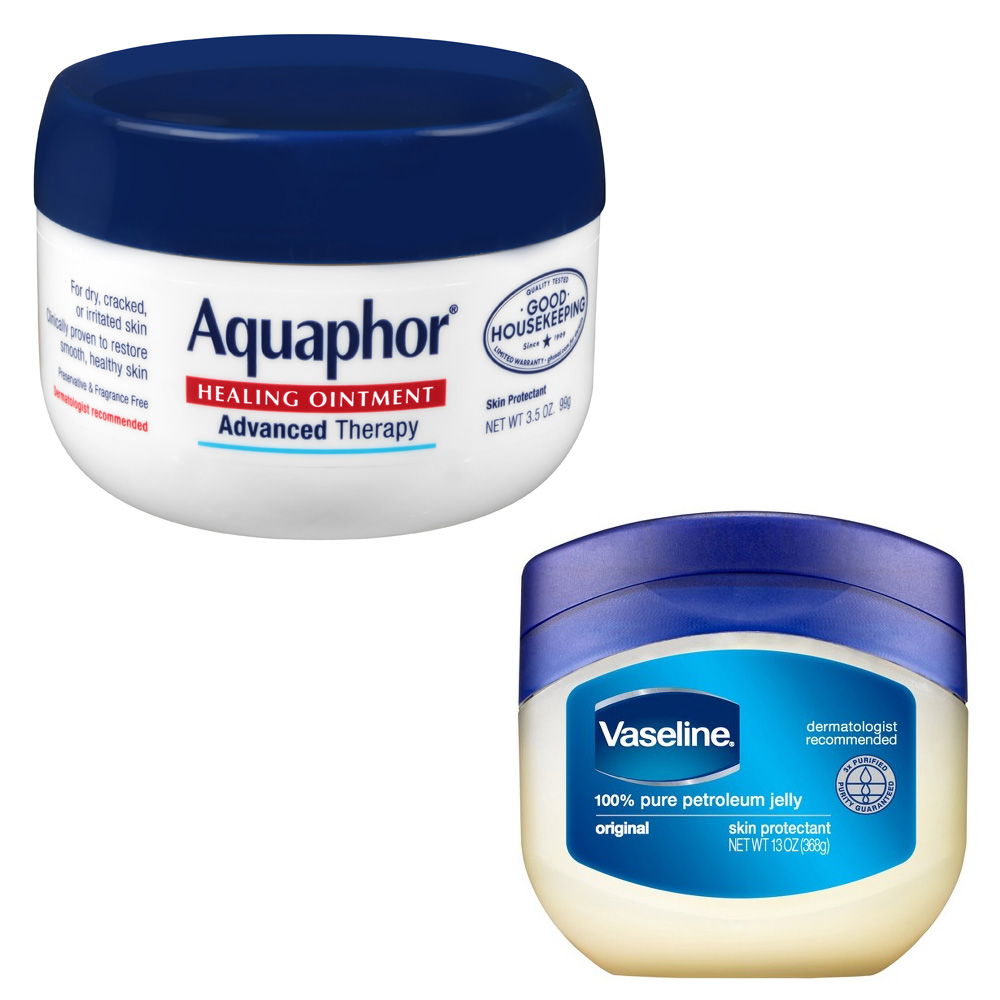
Medical Grade at-Home Peels
The “biggest disaster” celebrity aesthetician Nerida Joy has seen in 2022 is people performing strong, medical-grade at-home peels. “Many people just believe that a strong peel resurfacing will give them the ‘baby bottom’ skin finish, and if the bottle says five applications, you can be sure they will double it thinking stronger is better,” says Joy. “This has been a disaster causing severe burns, open wounds and major blotchy skin (melasma) that takes months to heal.”
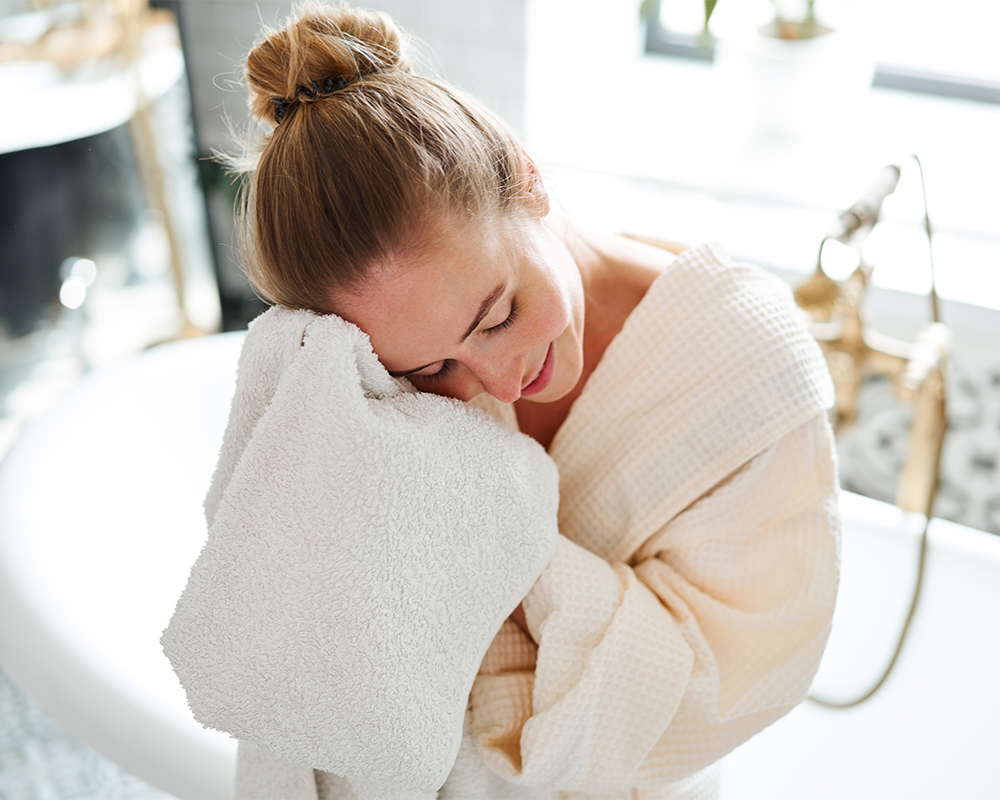
At-Home Microneedling
Medical aesthetician and founder of Skincare by Amy Peterson medspa Amy Peterson says when used correctly at home, a cosmetic roller can be a good tool to help skin care penetrate deeper. However, she warns that you run the risk of causing damage and infection by using too much pressure, not using a quality device and not sanitizing properly. “Its sales pitch is that it stimulates collagen production by causing trauma to the skin,” says Joy, which can be beneficial for certain skin types when wielded by a professional. At-home microneedling can result in “contact dermatitis, skin blotchiness and the spreading of skin viruses such as small clear face warts,” warns Joy.
Additionally, Peterson says, “at-home microneedling devices cannot achieve the same results as professional devices. Professional devices use medical grade, single-use, sterile needles. The needle depth can also be adjusted depending on the treatment area in order to ensure that no unwanted damage occurs.” Dr. Shah also warns against at-home microneedling, noting he’s not a big fan of dermarolling, especially if you don’t clean the device properly.
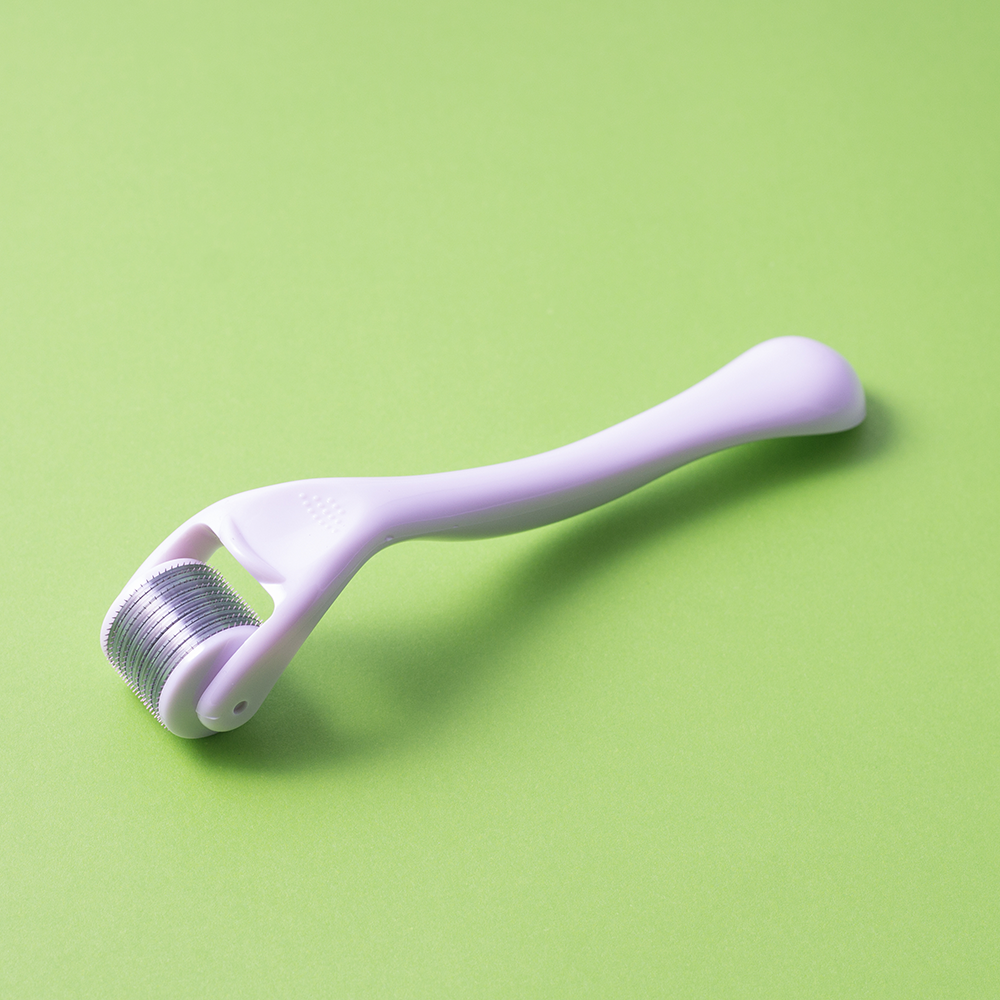
Semi-Permanent Makeup
Speaking of at-home microneedling, “There was a trend on TikTok where people were using at-home microneedling devices in combination with makeup to mimic the results of permanent makeup,” says Peterson. This can be dangerous for the same reasons as at-home microneedling, but there’s also an additional risk because people are using traditional makeup, not makeup that’s meant to be tattooed, she adds.
“Traditional makeup is designed to be applied on the surface of the skin and removed at the end of the day,” explains Peterson. “Also, there can be a fair amount of bacteria on your makeup which is why it’s recommended to be thrown out every few months. This can lead to serious inflammation, scarring and infections.”

Sunscreen Contouring
Kempler reports seeing this trend all over the internet “where people are using a high-level sunscreen to reverse contour their face prior to spending time in the sun to achieve a natural contoured look.” This is an immediate no for experts. “Sun safety is my number-one priority and is extremely important as sun damage can cause detrimental health issues as well as unfavorable skin conditions like premature aging and thinning of the skin,” says Kempler.
“Sunscreen is meant to be applied to the entire area that is exposed to the sun,” says Peterson. “It’s best to save contouring for make-up products.” Her personal favorite is Tom Ford Shade and Illuminate Cream Contour ($89).

Over-Exfoliation
“Exfoliation is key to a balanced skin-care routine but is oftentimes done way too frequently,” says Kempler noting she sees many exfoliating products marketed for daily use or more. “Exfoliation is a great way to clear the skin of dead skin cell build-up and excess sebum and promote cell renewal. Exfoliation also can strip the skin of its natural oils, which, when done too often, can cause redness/irritation, breakouts or sensitized skin,” says Kempler.
Kempler generally recommends exfoliation is done no more than every other day, depending on the product. “The skin needs time to recover in between exfoliation days to maintain the integrity of the moisture barrier that protects our skin and keeps it looking plump and hydrated.”
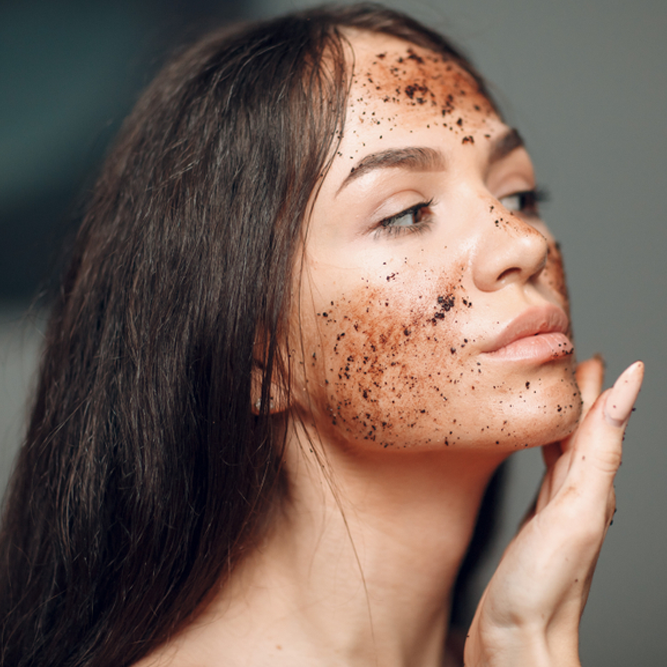
Pore Vacuuming
Yes, this trend is as upsetting as it sounds. While we all get frustrated about clogged pores from time to time, experts say pore vacuums are not the answer. Peterson says it’s best to leave this treatment to the professionals, otherwise, you may damage your skin.
“I don’t recommend anything involving suction because this can be very damaging to the skin, potentially causing broken capillaries, hyperpigmentation and micro-tears,” says celebrity aesthetician Shani Darden. Instead, she recommends “more noninvasive methods of exfoliation such as light chemical peels which can help to clear out dead skin on the surface as well as congestion inside the pores effectively without irritating the skin.”
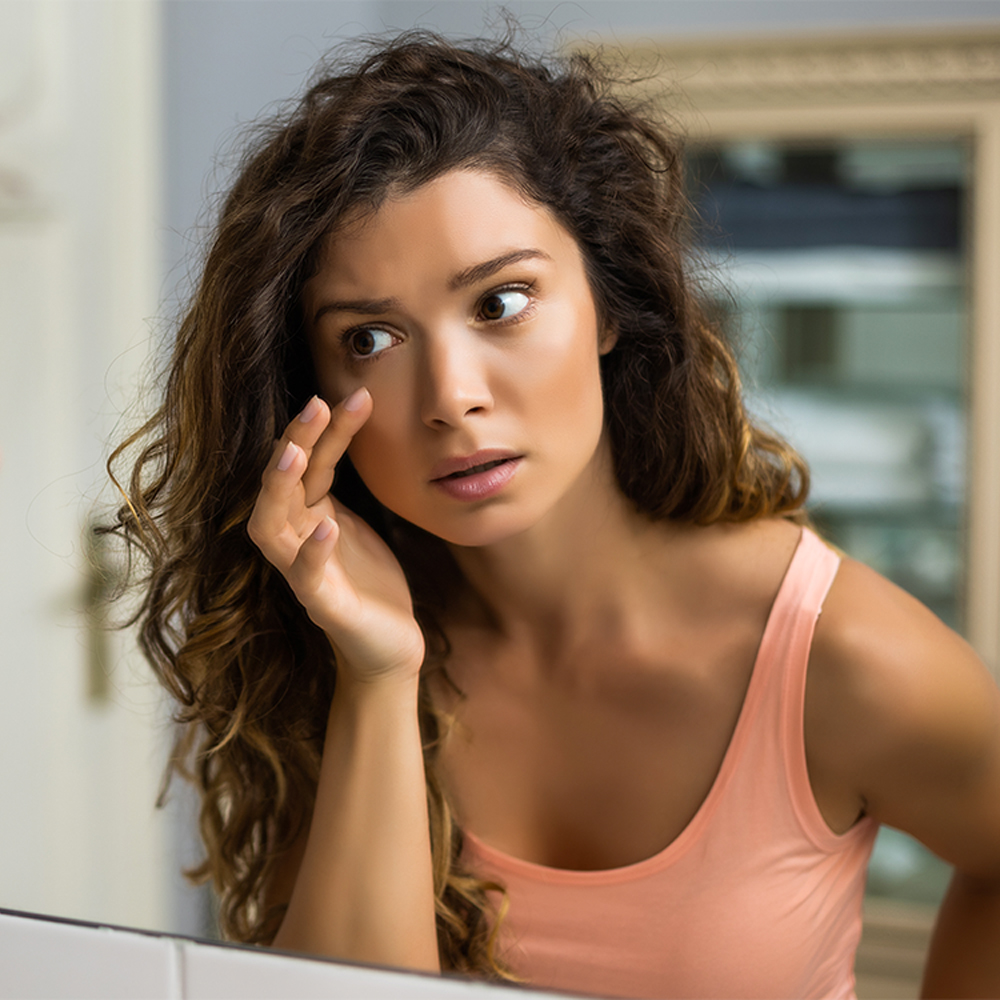
DIY Skin Care
DIY projects can be fun and affordable, but your skin is not a science project or arts and craft moment, so employing DIY practices on your complexion is ill-advised. Kempler suggests leaving skin-care formulation to the pros. “There are so many factors that go into creating formulas that are effective, safe, and shelf-stable,” she says.
One common trend Kempler’s seen online is the use of cane sugar or coffee grounds as a facial scrub. “This is a perfect example of ingredients that are just not meant to be used on skin as delicate as the skin on your face and can likely cause damage and adverse reactions,” she warns.
Dr. Shah also advises against DIY hacks. “People are taking lemon, lime, baking soda, mixing it together and then applying it to the face,” he says. “We just don’t know how safe that pH is going to be for the skin and how irritating it’s going to be—especially when we have so many good skincare products out there. We really don’t need to be doing things like that.”
